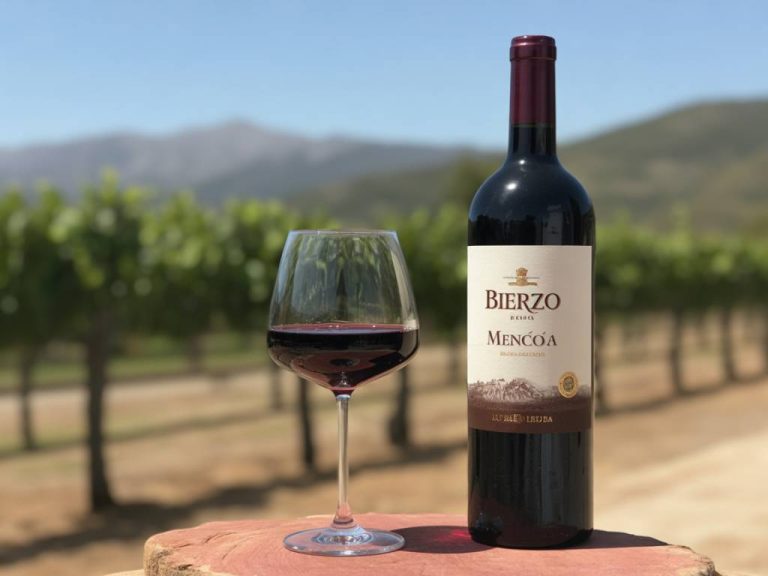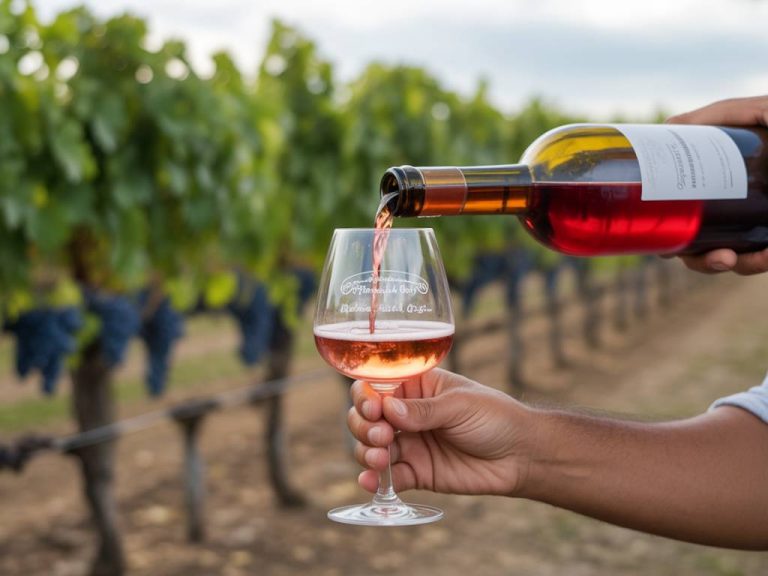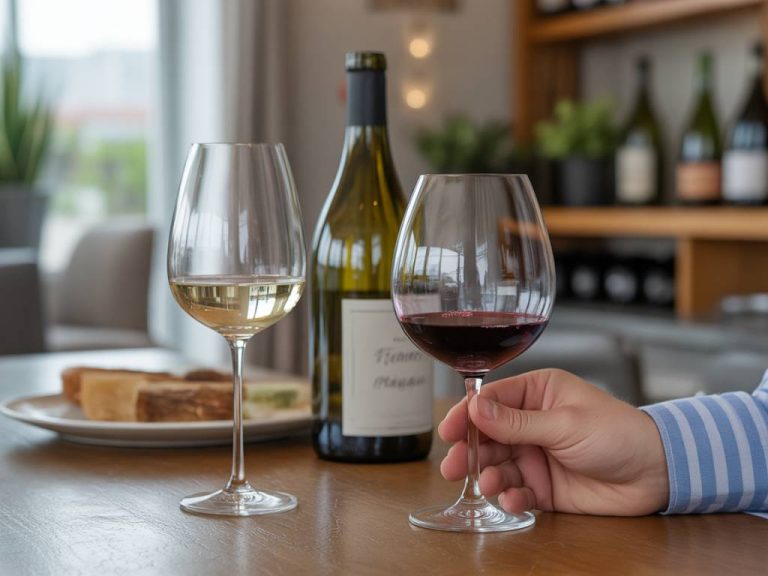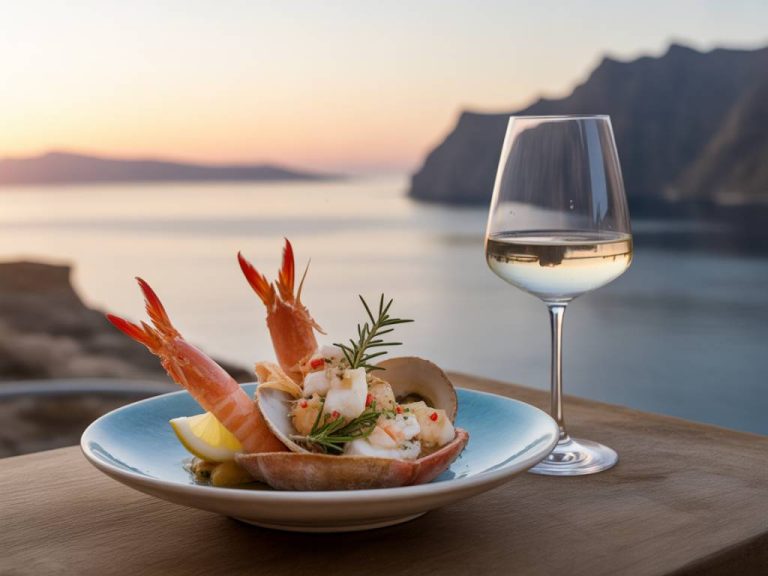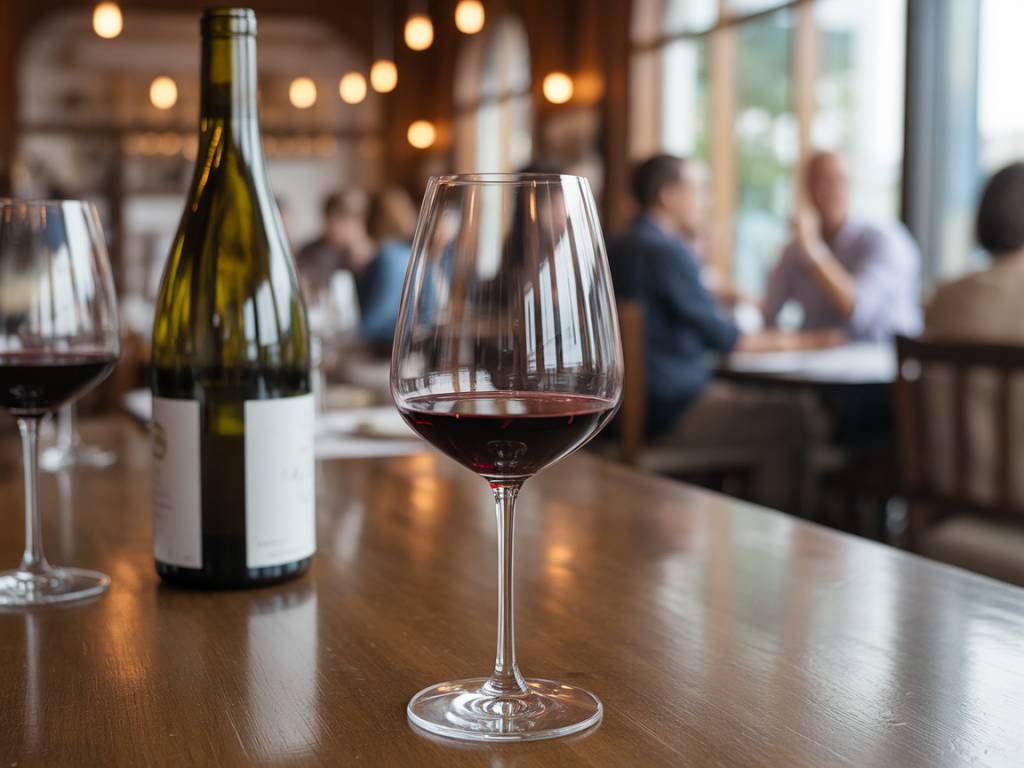
Wine tasting tips for beginners to build confidence
Understanding the Basics: What Is Wine Tasting Really About?
Wine tasting isn’t about memorizing esoteric vocabulary or faking your way through a swirl. It’s about discovering your own preferences and learning how to articulate them. When I work with beginners — whether at small wineries or during guided tours — the goal is always the same: help people build the language and confidence to enjoy wine, not just drink it.
You don’t need a refined palate or a decade of experience. What you need is curiosity, a few reliable techniques, and a willingness to trust your own senses. Here’s the good news: wine tasting is a skill, and like any skill, it can be learned.
The Environment Matters: Setting Up for Tasting Success
Tasting wine is a sensory experience, and your environment will shape how you perceive the wine in your glass. To give yourself the best chance at learning, start by minimizing distractions:
- Neutral lighting: Avoid colored lights or dim settings. Natural daylight is ideal for assessing color clarity and intensity.
- No strong odors: Perfumes, candles, or even a nearby plate of bacon can distort your ability to perceive aromas correctly.
- Clean glassware: Residual detergent or dust can influence both aroma and flavor. Always rinse thoroughly before pouring.
Rule of thumb? If you wouldn’t study classical music in a rock concert hall, don’t try to learn wine in a place that assaults your senses.
Three-Step Technique to Taste Like a Pro
Start with the classic sequence: look, smell, taste. Each step is designed to isolate one sense — vision, smell, then taste — so you can focus on what each wine offers. Here’s how to get the most out of each stage:
Look: Clarity, Color, and Viscosity
Hold your glass at a 45-degree angle against a white background (a napkin will do). What do you see?
- Clarity: Is the wine clear or hazy? Hazy wines aren’t necessarily flawed (especially in natural wines), but clarity aids perception.
- Color: A pale straw might suggest a young white wine; deep garnet hints at age in a red. It’s visual storytelling in a glass.
- “Legs” or “tears”: After a swirl, observe how the wine drips back down. Thicker legs generally indicate higher alcohol or sugar.
Fun fact: Color can also inform grape variety. Pinot Noir typically shows a lighter hue compared to the inky depth of Syrah.
Smell: Finding Aromas Through Your Nose
Swirl the wine gently to release aromatic compounds, then take a slow, deep sniff. What do you notice?
- Primary aromas: These come from the grape itself — think fruit, floral, or herbal notes.
- Secondary aromas: These stem from winemaking processes like fermentation (e.g., bread dough from lees aging).
- Tertiary aromas: These develop from aging — leather, mushroom, dried fruit, or tobacco might emerge.
If this sounds complex, don’t overthink it. Focus on one category at a time. I often ask beginners, “What does this remind you of?” Even if the answer is “my grandmother’s jam” — that’s a great place to start.
Taste: Structure Over Flavor
Finally, take a sip and let it coat your entire mouth. Swish gently, almost like mouthwash. Notice three key structural elements:
- Acidity: Does your mouth water afterward? Higher acidity (like in Sauvignon Blanc) feels fresh and vibrant.
- Tannins: More common in reds — tannins create that drying sensation on your gums (think black tea).
- Body: Light? Medium? Full-bodied? This refers to the weight or texture in your mouth — not alcohol alone.
Yes, flavors matter too. Is it fruity, earthy, spicy? But try not to obsess over identifying the exact fruit. Whether it’s cherry, blackberry, or plum, the key is noticing how it evolves from first sip to finish.
Speaking the Language: Building Your Wine Vocabulary
Articulating what you’re tasting is half the fun — and also half the challenge. A common fear among beginners is “sounding stupid.” But wine vocabulary isn’t about impressing anyone; it’s about creating shared understanding.
Try building your own mental catalog using reference points from your kitchen. Smelled fresh mint while chopping veggies? Remember what apple cider vinegar tastes like? Use those register points to interpret what’s in your glass.
Consider organizing aroma and flavor descriptors into categories:
- Fruits: Red berries, stone fruits, citrus, tropical
- Spices and herbs: Pepper, mint, basil, cinnamon
- Others: Smoke, soil, leather, toast, vanilla
One trick I frequently use? Keep a dedicated notebook. Jot down three things: your initial impression, what you liked or didn’t, and a quirky descriptor you might remember (“tastes like grilled plum with black pepper,” for example).
Practice Without Pressure: Tasting in Pairs
Want to build confidence quickly? Taste two wines side by side. Comparative tasting sharpens your sensory recall much faster than isolated sipping.
Start with something simple like:
- Old World vs. New World Pinot Noir: France (Burgundy) vs. California
- Sauvignon Blanc from two climates: Loire Valley vs. Marlborough
- Same grape, different aging: Unoaked vs. oaked Chardonnay
Notice how the structure, aroma profile, and texture differ. Ask yourself: which do I prefer, and why? Confidence grows not from knowing one answer, but from being aware of the questions worth asking.
When in Doubt, Ask Questions
If you’re at a tasting room or tour, don’t be shy about asking the pourer questions. Here’s the truth: wine professionals love geeky questions. Ask about the winemaking process, aging method, or even favorite food pairings. Most good wine hosts feed off your curiosity.
Start with these:
- Was this wine aged in oak or stainless steel?
- Do you use native yeasts?
- What’s the typical growing season like for this vineyard?
No, they don’t expect you to be an expert. They expect you to care — and that makes all the difference.
What About Spitting? Yes, It’s Perfectly Fine
I get it: spitting feels awkward. But if you’re at a longer tasting or sampling several wines, it’s the smart choice to preserve your judgment. Every winemaker I’ve consulted with — myself included — routinely spits during evaluations. It’s not disrespectful; it’s practical. Wine is to be assessed, not raced through.
If you’re unsure how to go about it, ask if a spittoon or dump bucket is provided. Practice at home if needed (trust me, your sink has seen worse).
Building Confidence, Glass by Glass
Wine tasting isn’t a test, and there are no grades. The key to building confidence isn’t about being right — it’s about being aware. Being able to describe why you prefer one wine over another is already a superpower. And like any skill, it gets easier, better, and richer with time.
Next time you taste, slow down. Observe. Make mental notes. Maybe even share a few out loud. And if someone makes you feel like you’re “wrong” in your impressions? Politely smile — and pour yourself another glass.
You’re not here to chase perfection. You’re here to enjoy the journey, one confident sip at a time.
